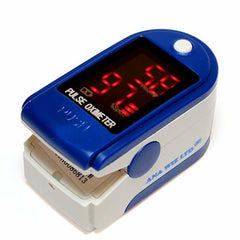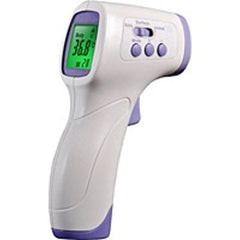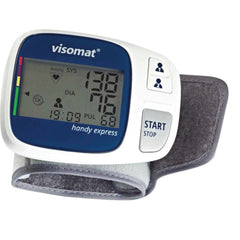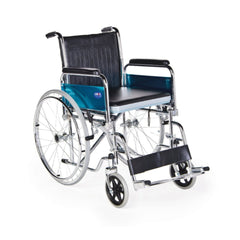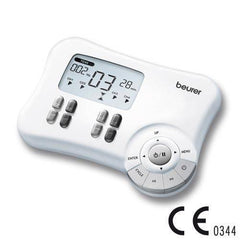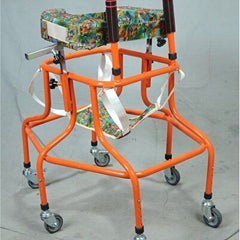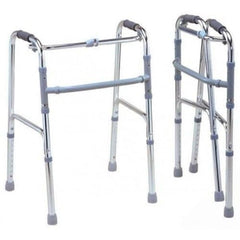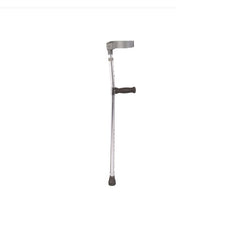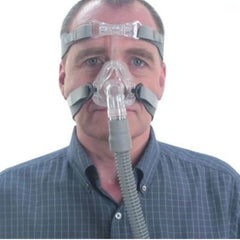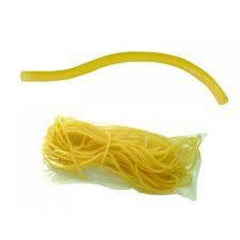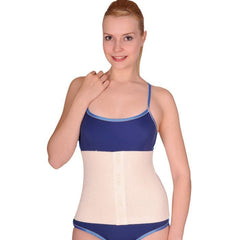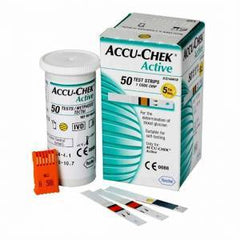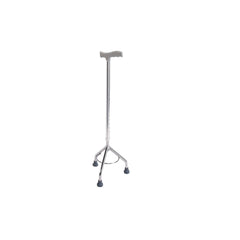Description
Finger Type Pulse Oximeter Contec CMS50DL Finger Type Pulse Oximeter Contec CMS50DL
✓ Fast Shipping
✓ Safe Packaging
✓ 14-Day Return Guarantee
✓ 24/7 Support
Product Features:
Finger Type Pulse Oximeter Contec CMS50DL
Finger type pulse oximeter Contec CMS 50DL Features: The device is simple to use. It is small and lightweight (approximately 50g including batteries). It requires 2 AAA alkaline batteries and its continuous operation time is 24 hours. The device will automatically shut down if it cannot receive a signal for 5 seconds. The device is suitable for use at home, hospitals and clinics. It can be used in internal medicine, surgery, anesthetics, emergency rooms etc., oxygen bars, group medical applications, sports competitions, physical care. Display Format: Digital Display. SpO2 Measurement Range: 0%-100%. Pulse Rate Measurement Range: 30bpm~250bpm. Pulse Wave Display: Column display and Waveform display. Measurement Accuracy: SpO2 70%±100% ±2 digits, below 70%. Easy-to-read LED display, 2-year warranty, Pulse Oximeter (SpO2) Usage: Pulse Oximeter: This small device measures the patient's blood oxygen level and pulse rate. A pulse oximeter continuously and instantly measures arterial hemoglobin saturation. This blood oxygen level plays a crucial role in doctors' diagnoses. Therefore, this data must be easily and accurately obtained. There are two general methods for obtaining this data: The first is the traditional blood draw, which is difficult, painful, and doesn't provide the necessary accuracy. As you know, this relies on inserting the appropriate needle into the correct vein and at the correct location to draw blood. We all know the negative consequences of not doing so. The second method is to use an oximeter. Pulse oximeters can be used in a variety of situations, but their most important feature is their use in monitoring oxygen and pulse rate during anesthesia. They are also widely used during the recovery phase. Oxygen saturation should be above 95%. Values are lower in patients in long-term intensive care, those with respiratory illnesses, or those with congenital heart disease, reflecting the severity of the underlying disease. Consequently, oximeters will continue to be indispensable in patient monitoring during anesthesia and surgical procedures for many years to come. The ability to utilize such complex technology in such a small instrument is a significant advantage.
Specifications
-
Weight: 200gr
-
Usage: Indoor & outdoor
Pros and cons
- Kolay Taşınabilir ve Temizlenebilir




